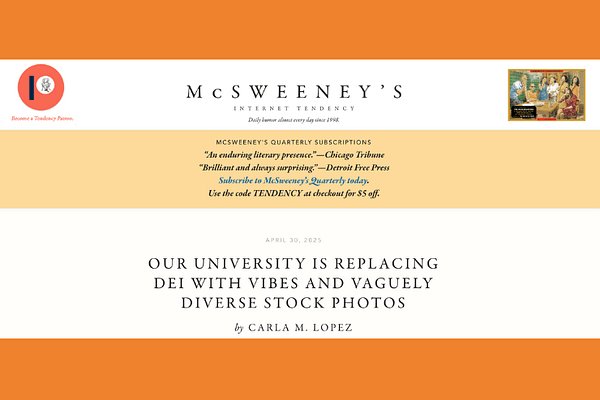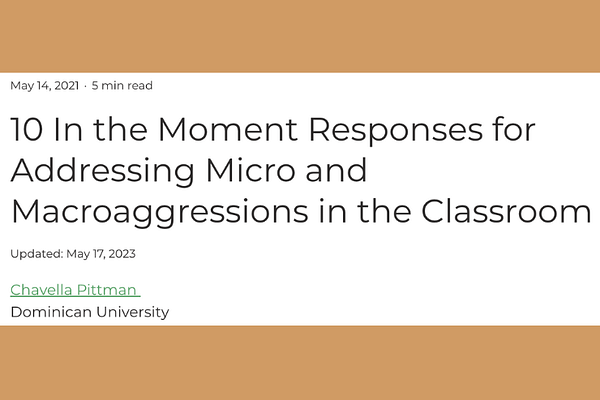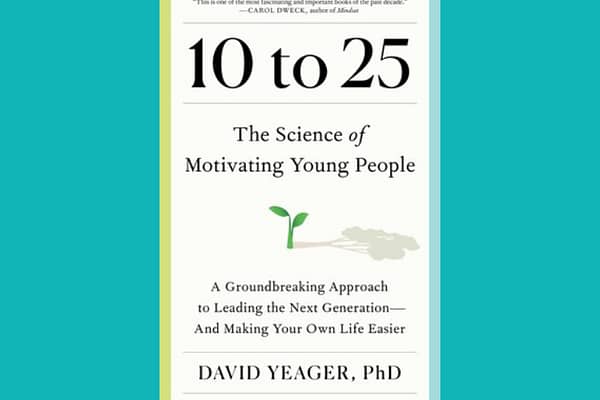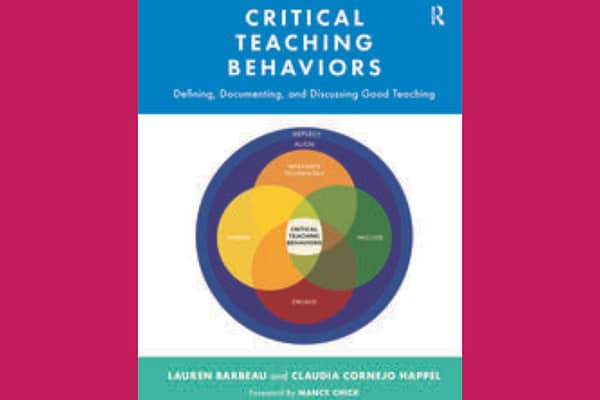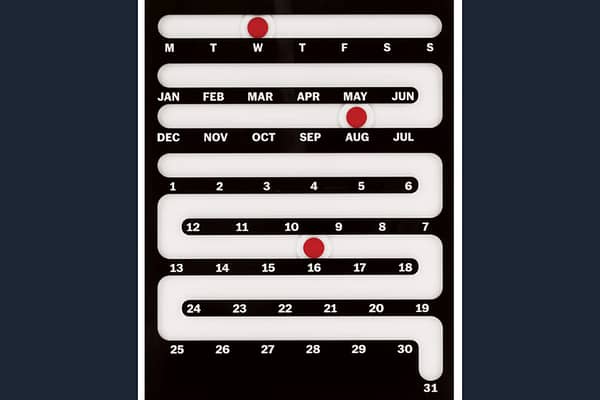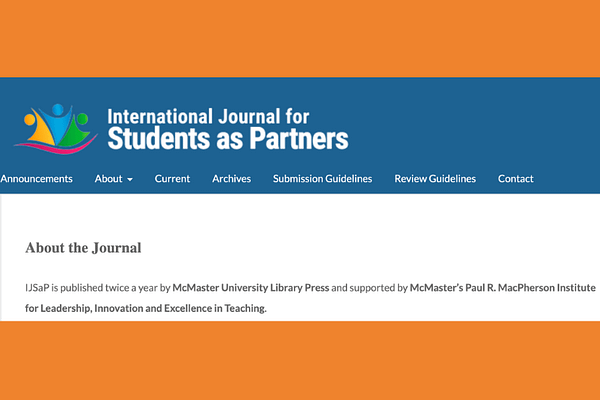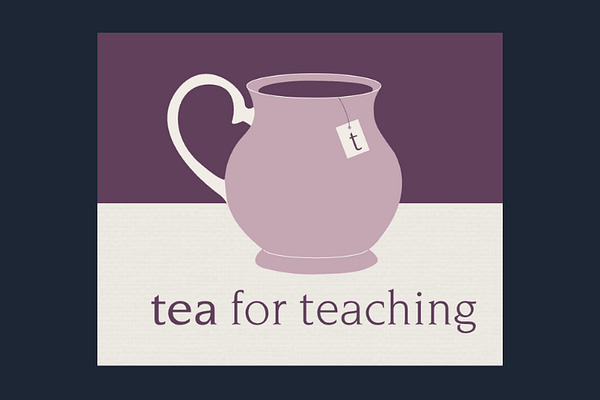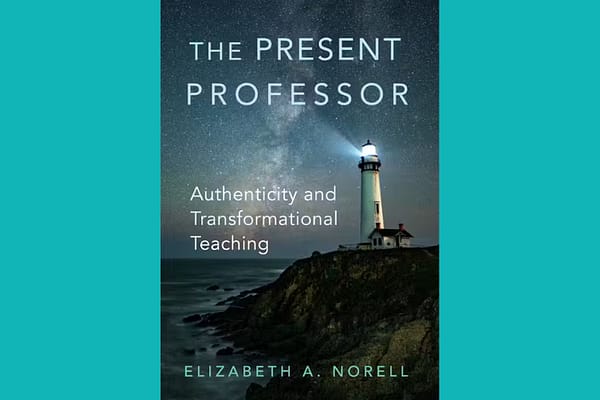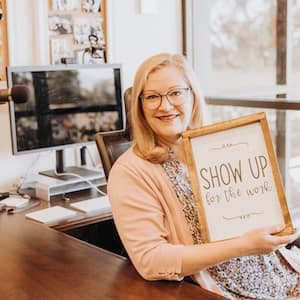Podcast (tihe_podcast):
Play in new window | Download | Transcript
Subscribe: Apple Podcasts | Spotify | RSS | How do I listen to a podcast?
Jessamyn Neuhaus shares about her book, SNAFU Edu: Teaching and Learning When Things Go Wrong in the College Classroom, on episode 577 of the Teaching in Higher Ed podcast.
Quotes from the episode
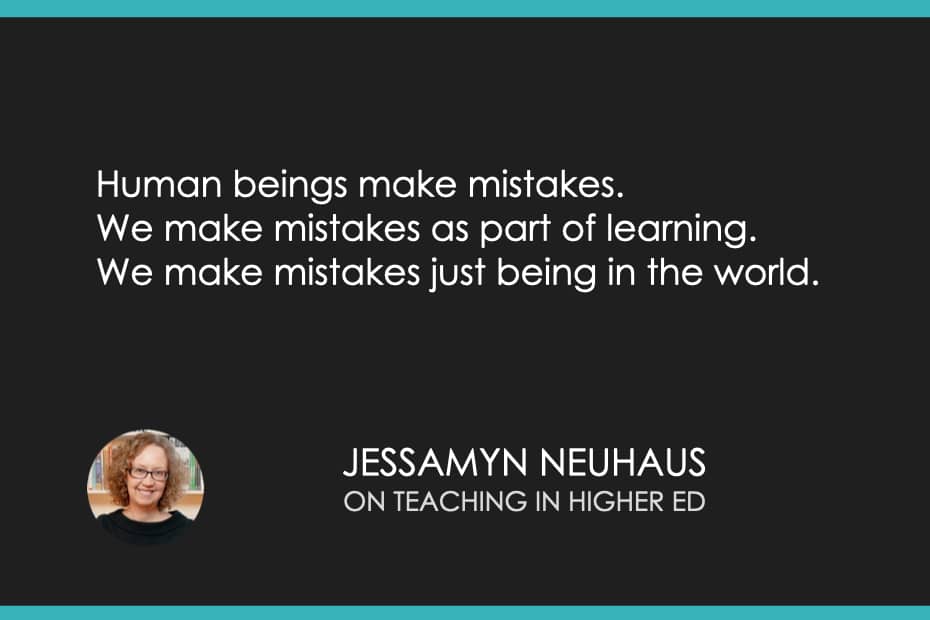
Human beings make mistakes. We make mistakes as part of learning. We make mistakes just being in the world.
-Jessamyn Neuhaus
Academia generally attracts people with perfectionist tendencies.
-Jessamyn Neuhaus
Sometimes there is no positive outcome when something goes wrong. Sometimes things just get messed up because people are human.
-Jessamyn Neuhaus
Inadvertently we have a subtext that teaching is somehow perfectible. Teaching and learning will never ever be perfectible.
-Jessamyn Neuhaus
